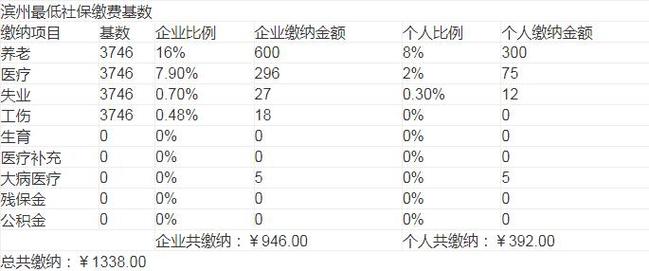利润损失保险的保险价值
Understanding Profit Loss Insurance
Profit loss insurance, also known as business income insurance or business interruption insurance, is a type of coverage designed to protect businesses from financial losses incurred due to unforeseen events that disrupt normal operations, resulting in a decrease in revenue and profitability.
Coverage Components:
1.
Revenue Protection:
Profit loss insurance typically covers the loss of revenue that occurs when a business is unable to operate due to covered events such as fire, natural disasters, or other specified perils. This coverage helps businesses maintain cash flow during periods of interruption.2.
Fixed Costs:
It may also cover fixed expenses such as rent, utilities, salaries, and loan payments that continue even when the business is not operational. This ensures that essential financial obligations can still be met during a disruption.
3.
Extra Expenses:
Some policies include coverage for additional expenses incurred to minimize the impact of the interruption, such as temporary relocation costs, overtime wages, or expenses associated with renting temporary equipment.Key Considerations:
Coverage Limits:
Businesses need to carefully evaluate their coverage limits to ensure they adequately reflect the potential financial losses they could face during an interruption. Underestimating coverage limits could leave a business vulnerable to significant financial strain.
Waiting Periods:
Profit loss insurance often includes a waiting period before coverage kicks in, typically ranging from 24 to 72 hours. Businesses should be aware of these waiting periods when assessing their risk management strategies.
Exclusions:
Like all insurance policies, profit loss insurance may have exclusions that limit coverage for certain events or circumstances. It's crucial for businesses to review these exclusions carefully and consider any additional coverage options they may need.Importance for Businesses:
Financial Stability:
Profit loss insurance plays a crucial role in helping businesses maintain financial stability during challenging times. By providing coverage for lost revenue and ongoing expenses, it enables businesses to weather disruptions without suffering catastrophic financial losses.
Risk Management:
Incorporating profit loss insurance into a comprehensive risk management strategy helps businesses mitigate the impact of unforeseen events and protect their longterm viability. It provides peace of mind knowing that financial safeguards are in place to address unexpected interruptions.Conclusion:
In summary, profit loss insurance is an essential component of risk management for businesses of all sizes and industries. By safeguarding against the financial impact of interruptions to operations, it helps businesses maintain continuity and resilience in the face of adversity. Businesses should carefully assess their coverage needs and work with experienced insurance professionals to secure adequate protection tailored to their specific circumstances.











